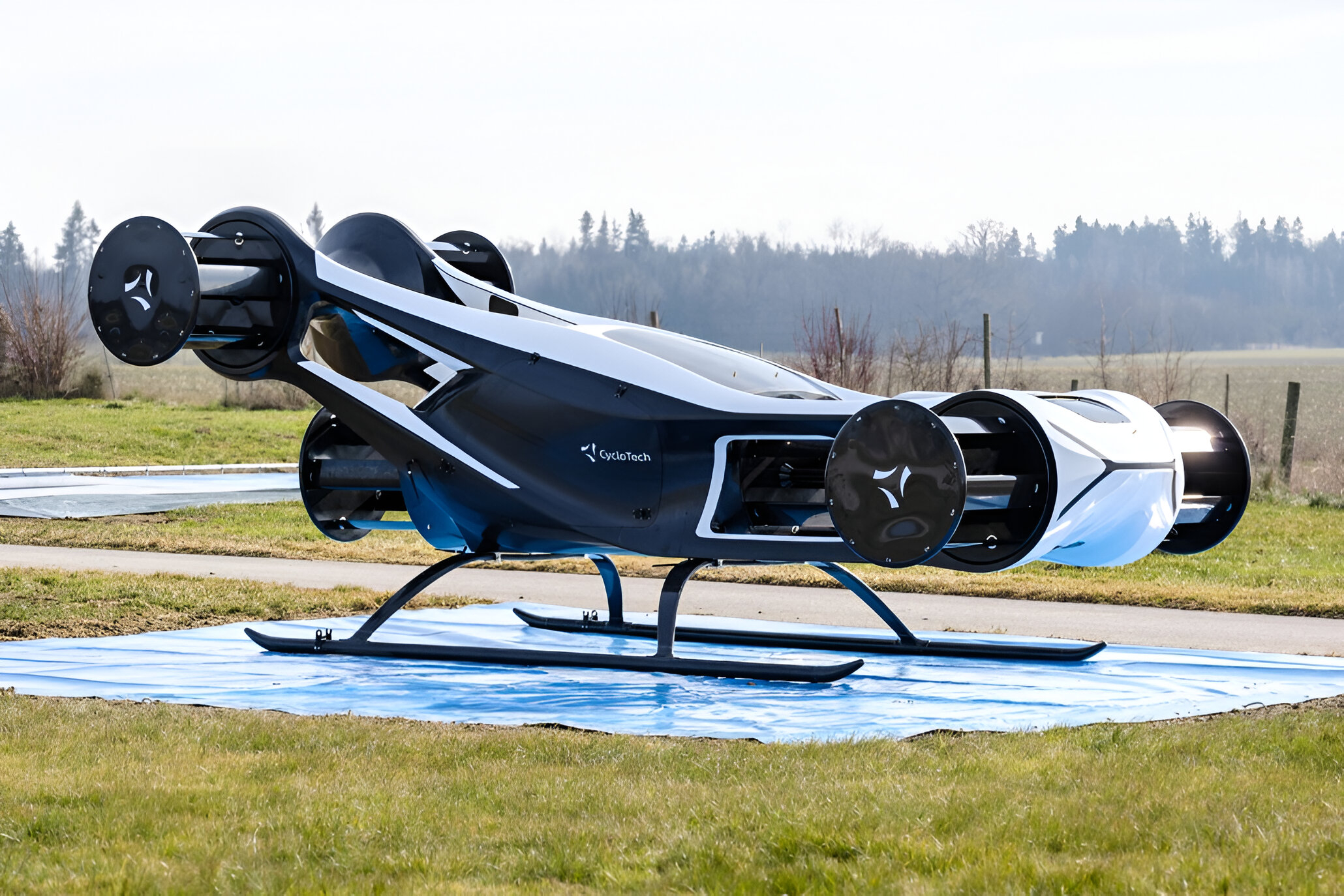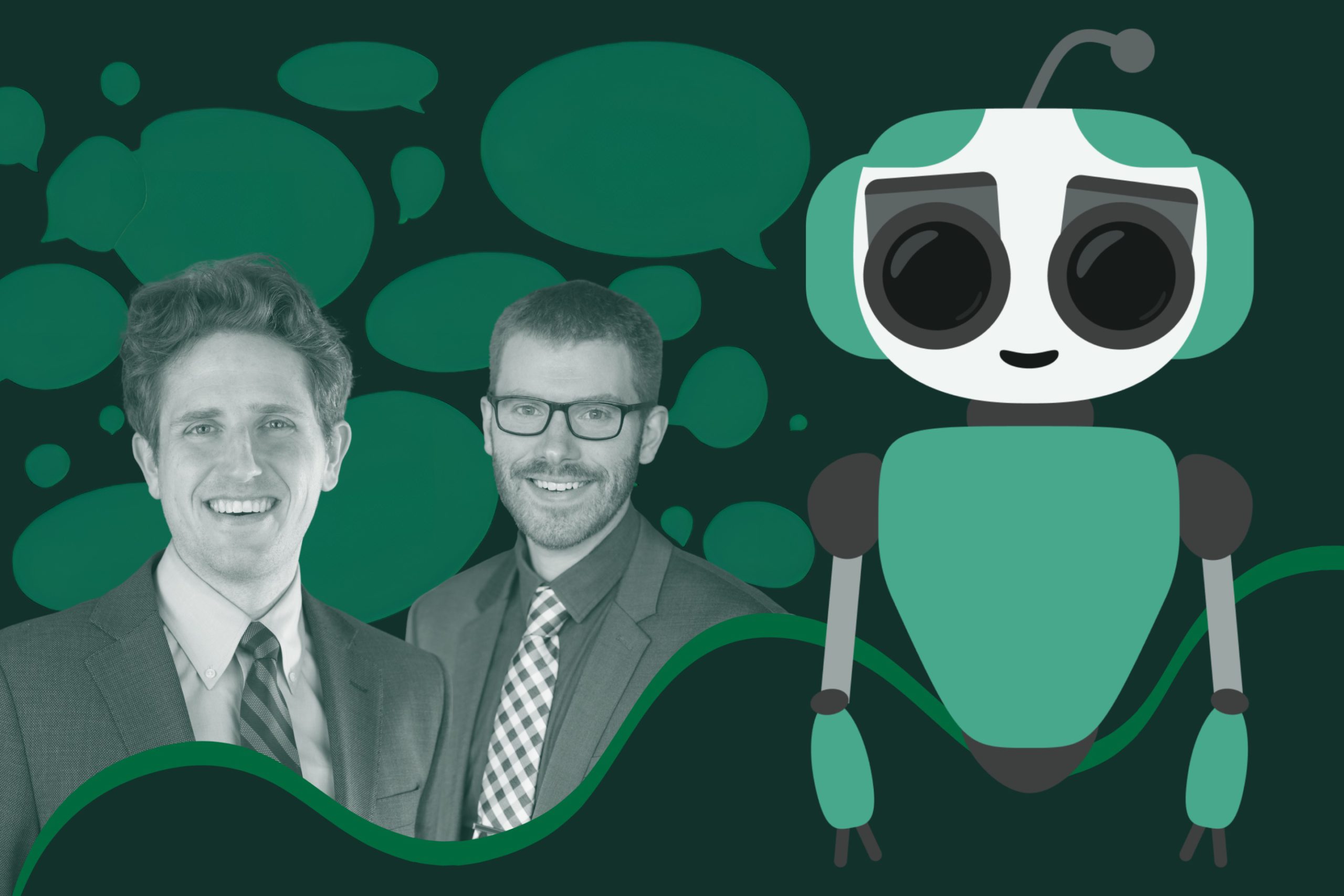Have you heard about the inventors who changed the world, then vanished? Nikola Tesla built a tower to send free electricity worldwide, but his financial backers quickly pulled the plug when they realized the implications. Then there was Rudolf Diesel, who created engines running on common vegetable oils right before his mysterious disappearance in 1913. And don’t forget Henry Ford, who actually engineered a car made from plant fibers that could take hammer blows better than steel.
These brilliant minds dared to challenge powerful industries with ideas that threatened the status quo.
What really happened to these game-changing technologies? Their forgotten stories reveal the hidden forces that can squash innovation when profits are at stake.
16. Radiant Energy Device
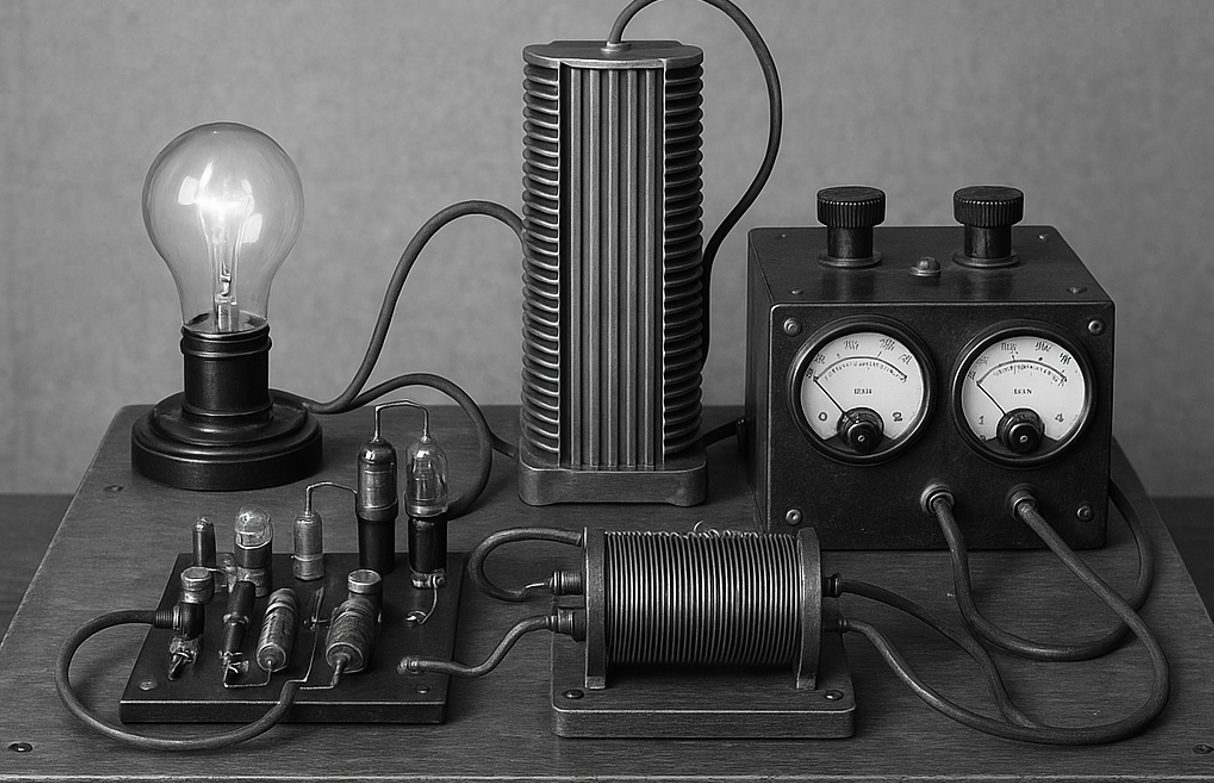
50,000 watts of power from thin air? Dr. T. Henry Moray’s Radiant Energy Device allegedly did just that in the 1930s, harvesting energy from space when most people were still marveling at electric toasters.
Communist infiltration within the Rural Electrification Agency took the blame from Moray for his funding troubles. Government pressure to share his technology with the Soviet Union supposedly derailed his work as well. While Moray’s device gained notoriety in alternative energy circles, it lacked scientific validation and never reached mass production. The Smithsonian Magazine and IEEE Spectrum have documented his work as part of the controversial history of “free energy” devices.
15. Hendershot Generator

If you’re fascinated by devices that break the laws of physics, Lester Hendershot’s generator promised unlimited energy without fuel or external input—a claim that attracted aviation hero Charles Lindbergh himself.
No one but Hendershot himself appeared able to make it work during his 30-year quest. Increasing scrutiny eventually led to Hendershot and his invention disappearing from public view. Despite the attention it received, the Hendershot Generator lacked independent verification and scientific evidence. It remains a subject of interest in fringe science communities but has never been replicated under controlled conditions.
14. Nikola Tesla’s Wireless Energy Transmission
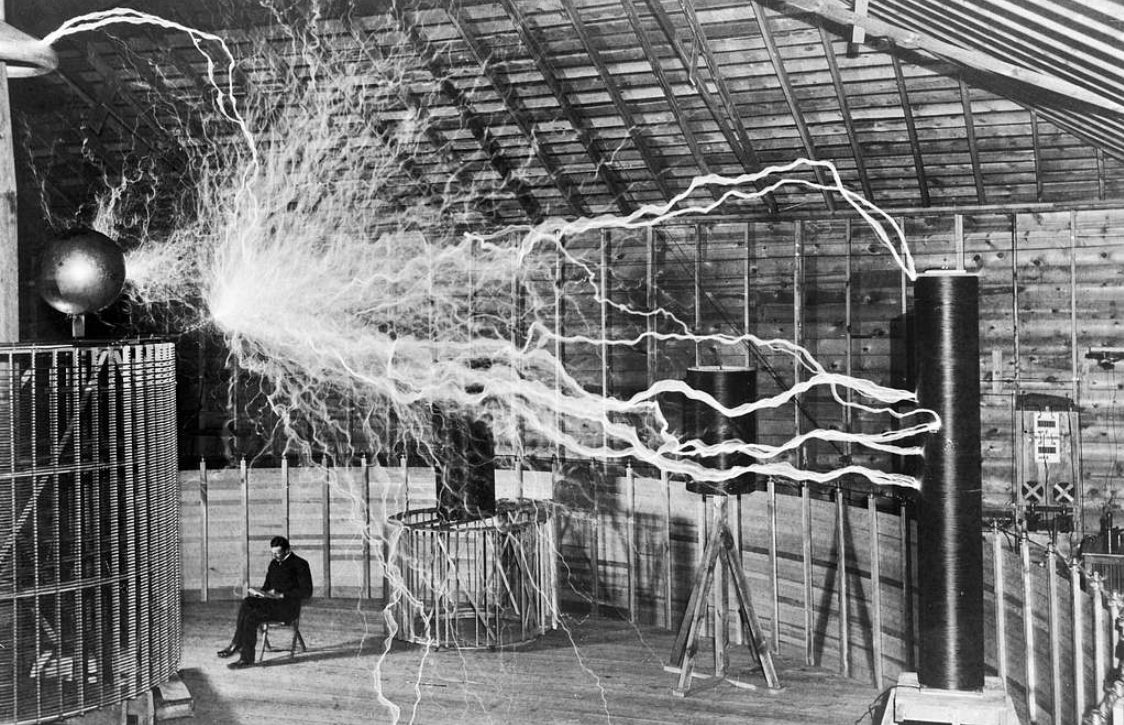
The towering 187-foot Wardenclyffe Tower could have delivered free electricity worldwide, eliminating the need for power lines and democratizing energy access for generations to come.
Earth itself would serve as a conductor for wireless power transmission in Tesla’s ambitious plan built between 1901-1902. Financial backers eventually pulled the plug when they realized free energy wouldn’t exactly boost their profit margins. The project collapsed and the tower was demolished in 1917 due to financial issues. Though never fully operational, Tesla’s vision inspired ongoing research in wireless power transmission, as documented by IEEE Spectrum and the Smithsonian Magazine.
13. Williams X-Jet

Stuck in rush hour traffic? The Williams X-Jet of the 1980s offered a tantalizing solution—personal flight at 60 mph using a compact turbofan engine and your own body movements as controls.
Pilots controlled the craft by shifting their body weight, turning flight into a workout resembling Pilates. With a 45-minute flight time, the device showed promise as personal transportation. Despite its innovative compact design and simplified control system, the U.S. Army deemed it less effective than helicopters or drones. According to the Vertical Flight Society and National Air and Space Museum, the X-Jet never reached mass production and remained primarily an experimental concept.
12. Hemp Car
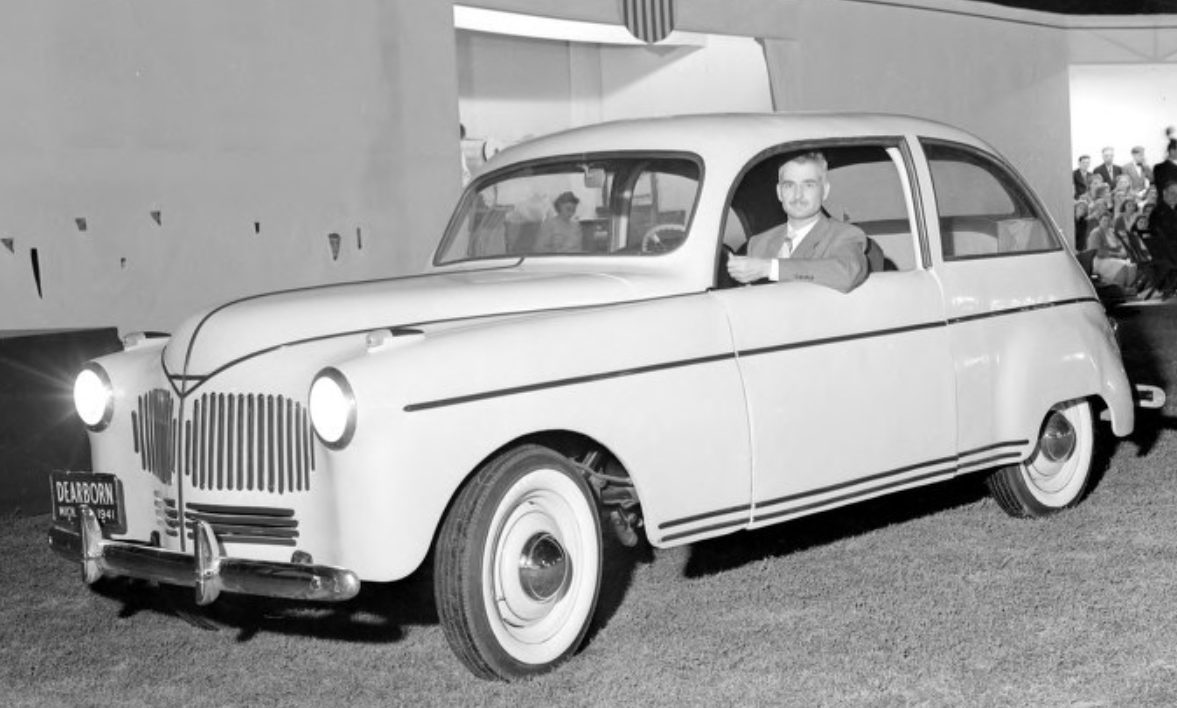
Dwindling oil supplies worried Henry Ford, so he engineered a revolutionary solution in 1941—a car body made from plant fibers that could withstand hammer blows better than steel while running on hemp ethanol.
Achieving approximately 40 mpg and costing just $600 to prototype, the Hemp Car demonstrated remarkable efficiency. Oil industry opposition quickly mounted against cars potentially running on easily grown plants. Political pressure and regulations effectively shelved the design. According to History.com and the Henry Ford Museum, the car served as a proof of concept for alternative fuel vehicles but never reached mass production, remaining an intriguing “what if” in automotive history.
11. General Motors EV1
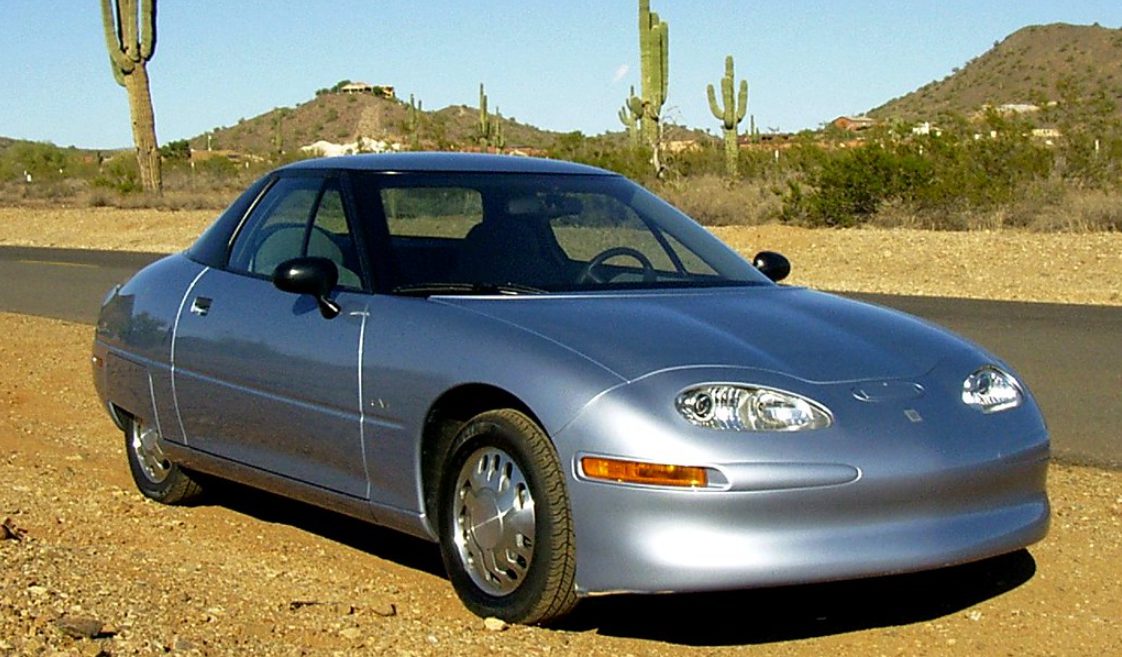
A drag coefficient of just 0.19 made GM’s EV1 more aerodynamic than most sports cars when it silently rolled onto California roads in 1996, promising a future without gasoline or emissions.
A cultlike following developed among the 800 customers who leased them in California and Arizona. Nevertheless, GM recalled and destroyed nearly all EV1s by 2003, citing “profitability concerns.” Nothing says corporate vision quite like destroying the future to protect the past. According to IEEE Spectrum’s “Who Killed the Electric Car?” and GM’s own archives, the EV1’s termination sparked controversy and protests. The program’s demise set electric vehicle development back years—a delay we’re still reckoning with today.
10. Royal Raymond Rife’s Cancer Research
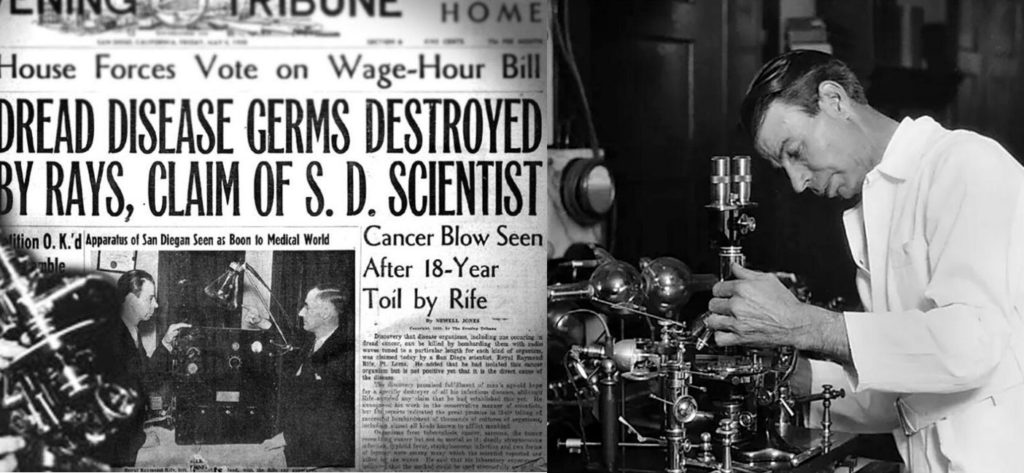
Microscopes capable of seeing live viruses and a device that destroyed cancer cells without harming healthy tissue? Rife’s technology promised medical miracles that the scientific establishment ultimately rejected.
Documentation and scientific validation remain absent for claims about a 1934 clinical trial at USC showing successful treatment of 14 out of 16 terminal cancer patients. Modern medical authorities have not approved Rife machines for treating cancer, and mainstream medicine rejected his methods. While supporters argue his work was suppressed by the American Medical Association, the lack of formal medical credentials and reproducible data undermined Rife’s credibility. His approaches remain classified as pseudoscience by the scientific community.
9. Harry Hoxsey’s Cancer Treatment
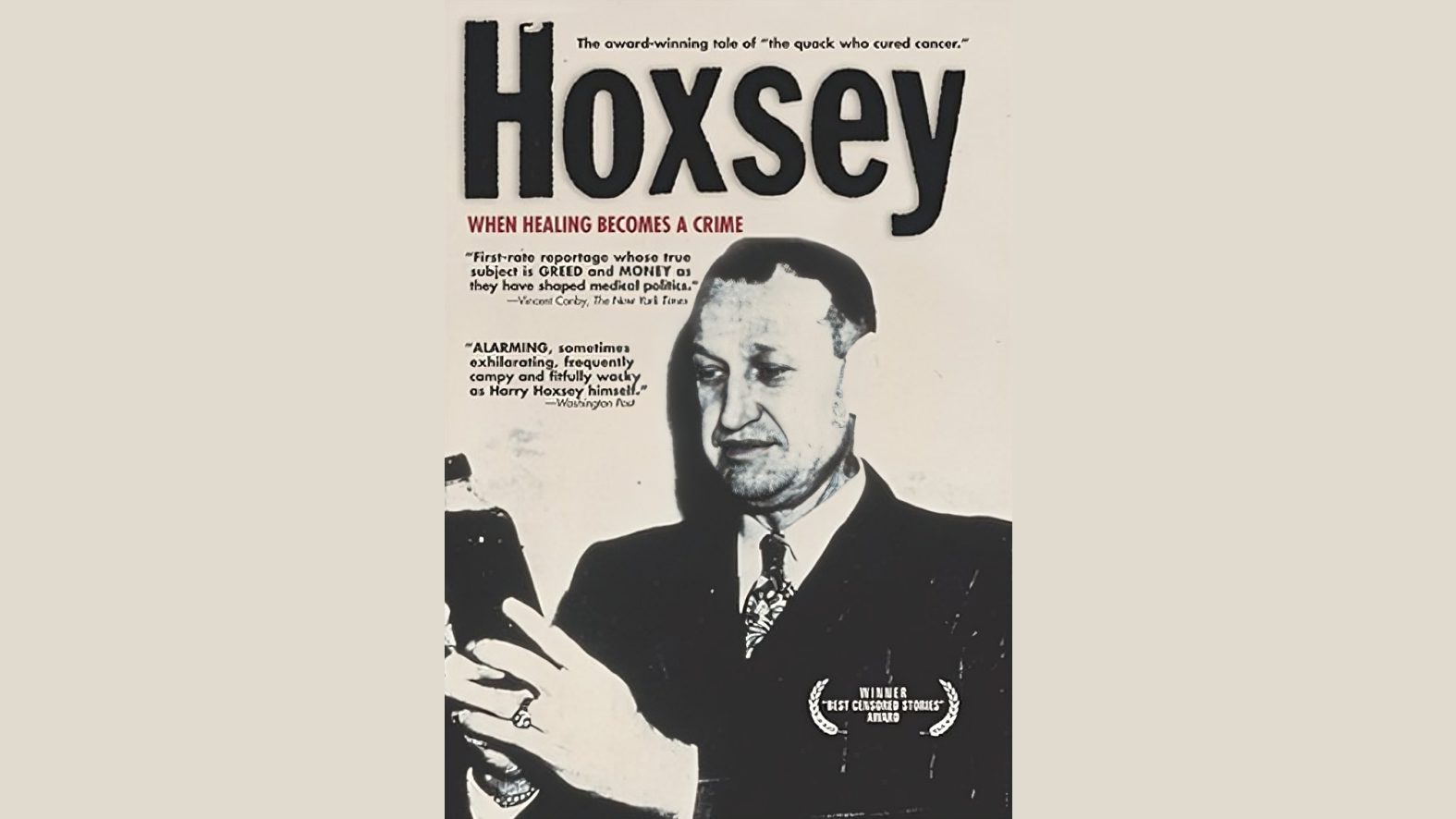
Conventional cancer treatments often came with devastating side effects, prompting Harry Hoxsey to develop herbal formulas in the 1920s that claimed to cure cancer gently—claims that eventually led to an FDA ban in 1960.
Studies finding the treatment ineffective and potentially dangerous drove the FDA’s decision. Potassium iodide, one ingredient, could actually accelerate tumor growth. Interestingly, the NIH later acknowledged some herbs in the formula had anti-cancer properties, though not as a cure. Despite warnings from the American Cancer Society, a clinic in Tijuana, Mexico still offers the treatment. The controversy highlights the complex relationship between traditional remedies and evidence-based medicine.
8. Project XA

If you’ve ever wondered why tobacco companies didn’t make safer cigarettes sooner, Dr. James D. Mold’s Project XA demonstrates how Philip Morris actually developed one in the 1960s, then buried it to avoid liability issues.
Executives at the tobacco company terminated the project in 1968. They worried that admitting cigarettes could be safer implied their current products were dangerous, raising liability concerns for past products. According to BMJ Tobacco Control and research published in The Lancet, this innovative project never reached the market or consumer testing phase, though it contributed to ongoing debates about tobacco harm reduction.
7. Perpetual Motion / Vortex Water Revitalizer

Drinking lifeless tap water? Austrian naturalist Viktor Schauberger believed his Vortex Water Revitalizer could restore water’s natural energy through spiral movements, mimicking the swirling patterns found in mountain streams.
Obsession with water dynamics and vortex energy drove Schauberger’s work in the 1930s-40s. The naturalist studied what he called “living water,” developing theories about water’s behavior that challenged conventional science. According to the Journal of Scientific Exploration and Water Research publications, Schauberger’s ideas continue to influence niche markets and alternative health communities, though they lack scientific validation in mainstream research.
6. Cloudbuster
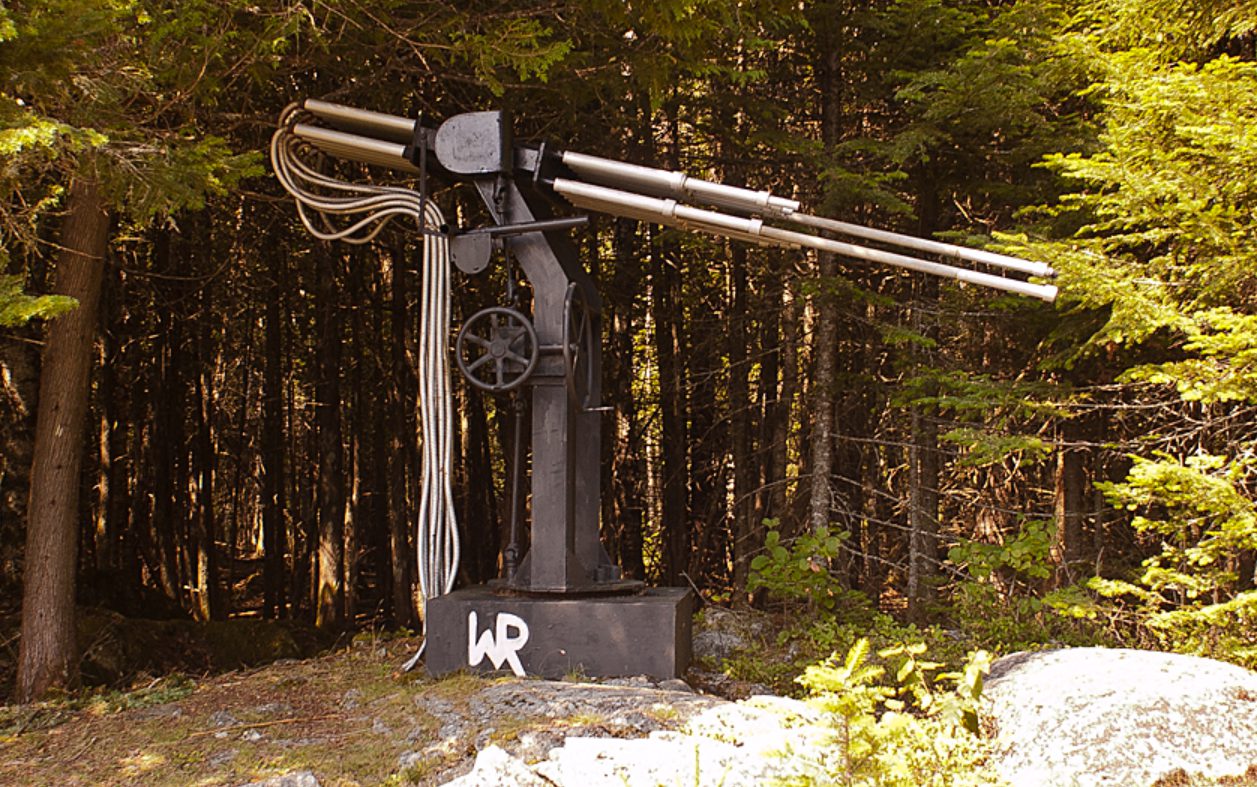
Ending droughts with metal pipes pointed at the sky sounds absurd, yet Wilhelm Reich’s Cloudbuster claimed exactly this power by manipulating what he called “orgone energy” in the atmosphere.
Equipment seizure and destruction by the FDA in 1956 ended Reich’s experiments, and he died in prison the following year. Mainstream meteorology has rejected the concept of orgone energy, and no reputable scientific evidence supports the device’s effectiveness. According to the American Meteorological Society and Skeptical Inquirer, Reich’s followers continue experiments in various countries, though the device was never adopted by mainstream weather modification efforts.
5. Anti-Gravity Technology
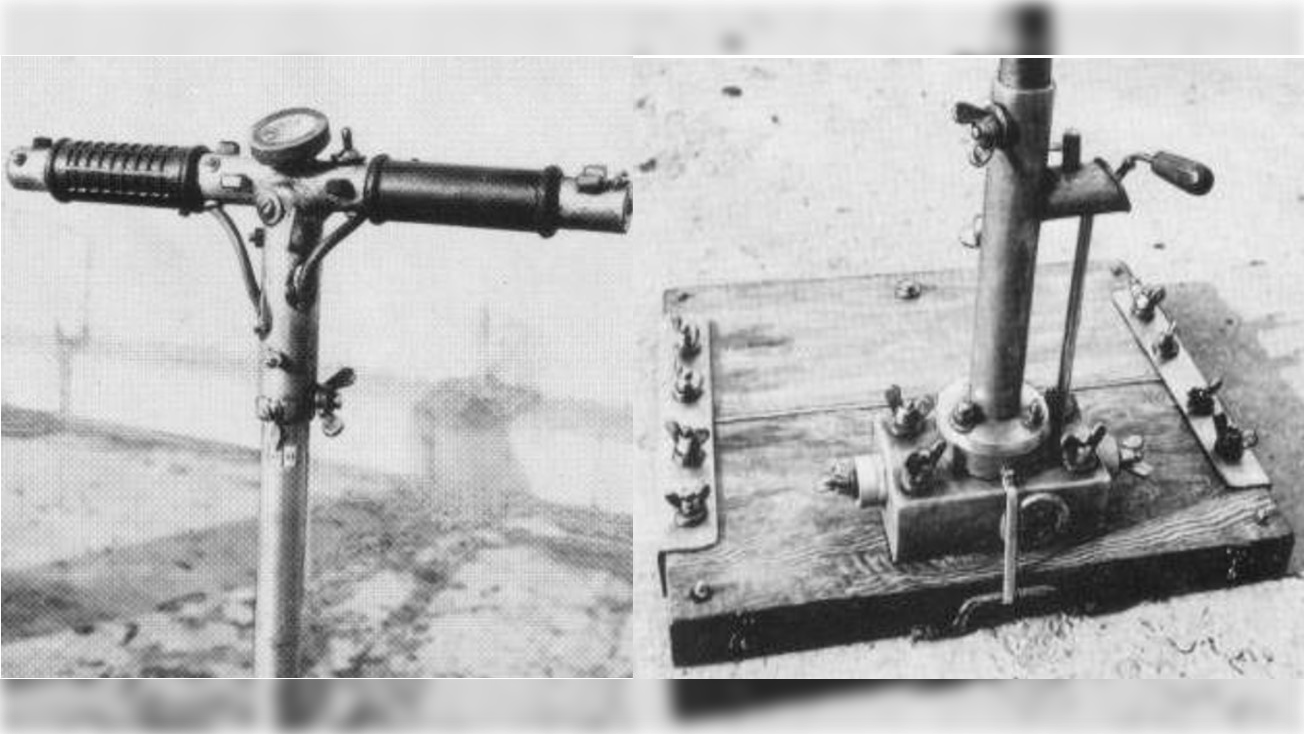
The secret to effortless flight lay hidden in insect wings, according to Russian scientist Viktor Grebennikov, whose anti-gravity platform allegedly allowed him to soar above the landscape without any conventional propulsion.
Independent verification or reproduction of his invention has never occurred. The scientific community dismisses his claims as pseudoscience, though they’ve inspired speculation about unconventional propulsion methods. According to Physics Today and Skeptical Inquirer, Grebennikov’s work remains limited to fringe science and UFO communities, with no practical applications or commercial products developed from his theories.
4. The Phoebus Cartel and Planned Obsolescence

Tired of products that fail right after the warranty expires? Blame the Phoebus cartel, which deliberately reduced light bulb lifespans from 2,500 hours to 1,000 hours between 1924 and 1939, inventing planned obsolescence along the way.
Companies exceeding the lifespan limit faced penalties under standardized bulb regulations. World War II finally broke up this corporate collaboration, and a 1950s U.S. court ruled GE violated antitrust laws. This documented case of corporate collusion shows how innovation can be deliberately suppressed for profit. LED technology later solved the issue by offering longer-lasting alternatives to traditional incandescent bulbs.
3. Stan Meyer’s Water-Powered Car
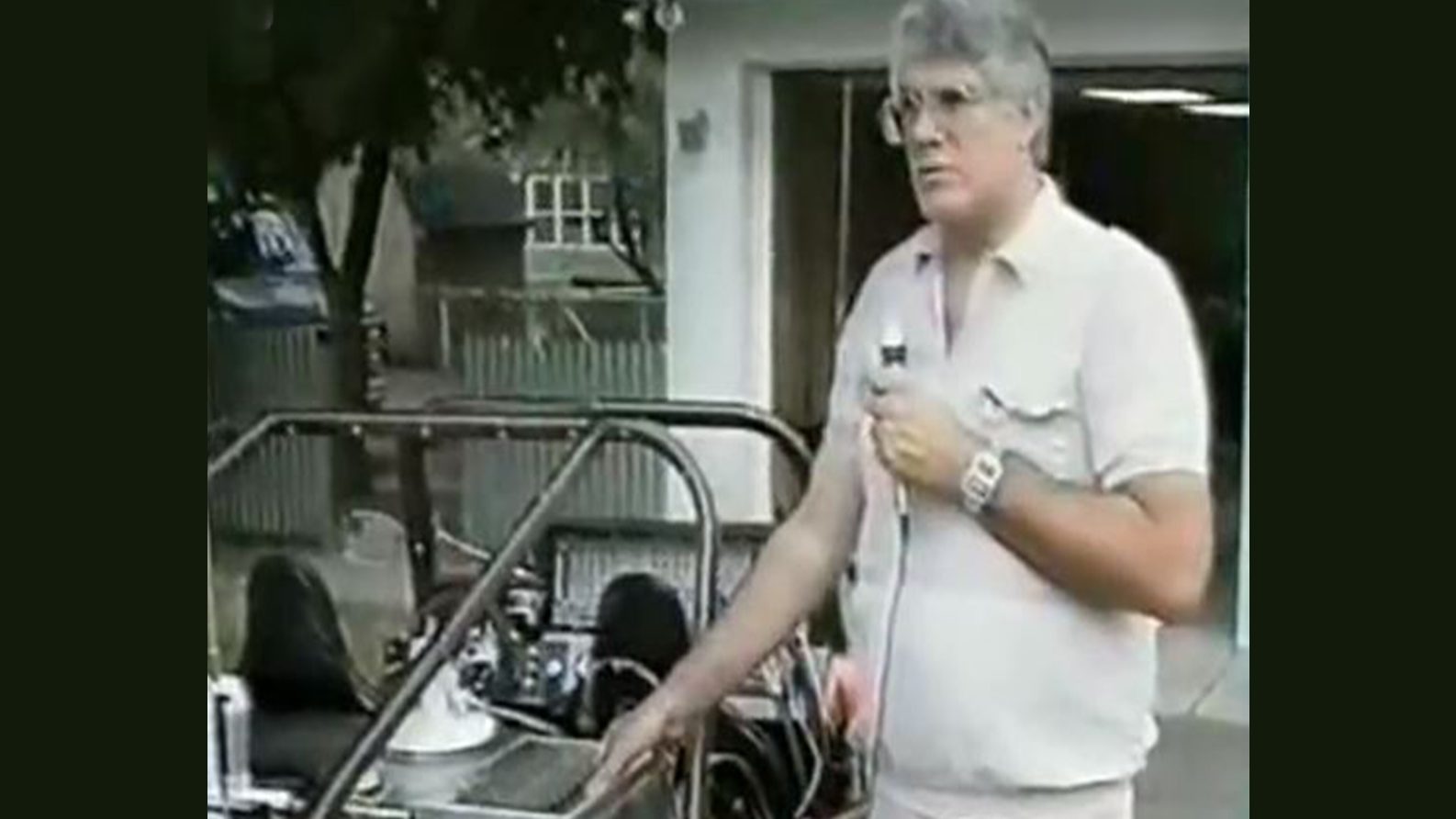
Plain water as automotive fuel could have revolutionized transportation forever if Stanley Meyer’s water-powered car claims had proven legitimate rather than fraudulent in a 1996 court ruling.
Meyer’s “water fuel cell” supposedly split H₂O molecules efficiently enough to power an automobile, defying conventional thermodynamics. Meyer died unexpectedly in 1998 from a brain aneurysm. While conspiracy theorists allege he was poisoned by oil interests, no evidence supports this claim. According to Popular Mechanics and Skeptical Inquirer, his invention was deemed a perpetual motion machine hoax but continues to inspire debate about alternative fuel sources.
2. Rudolf Diesel and the Diesel Engine
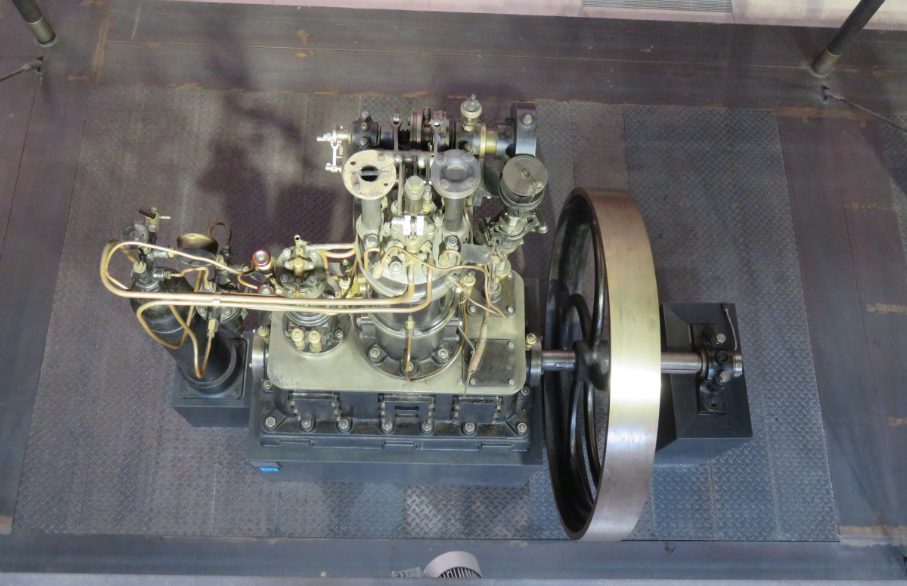
The diesel engine could run on vegetable oils grown by farmers instead of petroleum, offering energy independence that threatened oil monopolies before Rudolf Diesel’s mysterious disappearance in 1913.
Revolutionary engine design came from Diesel in 1893, with efficiency so impressive they named the engines after him. Theories about his death range from suicide to murder by petroleum interests to German espionage. While conspiracy theories persist, evidence points to suicide or accident rather than murder. The legacy of his invention continues, though its evolution favored petroleum over the plant-based fuels Diesel originally envisioned.
1. Coral Castle

If you’ve ever struggled to move a couch by yourself, imagine Edward Leedskalnin’s feat—a 100-pound man single-handedly moving 30-ton limestone blocks to create Florida’s enigmatic Coral Castle between 1923 and 1951.
Night work helped Leedskalnin avoid observation. When asked about his methods, he simply stated, “I understand the laws of weight and leverage.” His precise stone cutting and placement without modern machinery remains remarkable by any standard. According to the National Register of Historic Places and Florida State Parks, Coral Castle is now a popular tourist attraction. While claims of supernatural or advanced technology are unproven, the site demonstrates how an individual’s determination can create something extraordinary with simple but clever methods. If you enjoyed reading about these suppressed technologies, you might also like these cool inventions.









